World War I coincided with the breakthrough of the wristwatch. New and trailblazing designs followed in each subsequent decade. From the WatchTime archives, here are our highlights, from the beginning of the 20th Century to the present day.
1910s
Many soldiers in World War I preferred a quickly readable watch on the wrist to a timepiece safely tucked away in a pocket of their uniform jacket. One consequence of this was that after the Great War ended, the wristwatch became popular among men, many of whom had formerly belittled it as a feminine accessory. Wristwatches worn by soldiers on the front lines were typically equipped with protective grids to cover their crystals, which were not yet shatterproof.
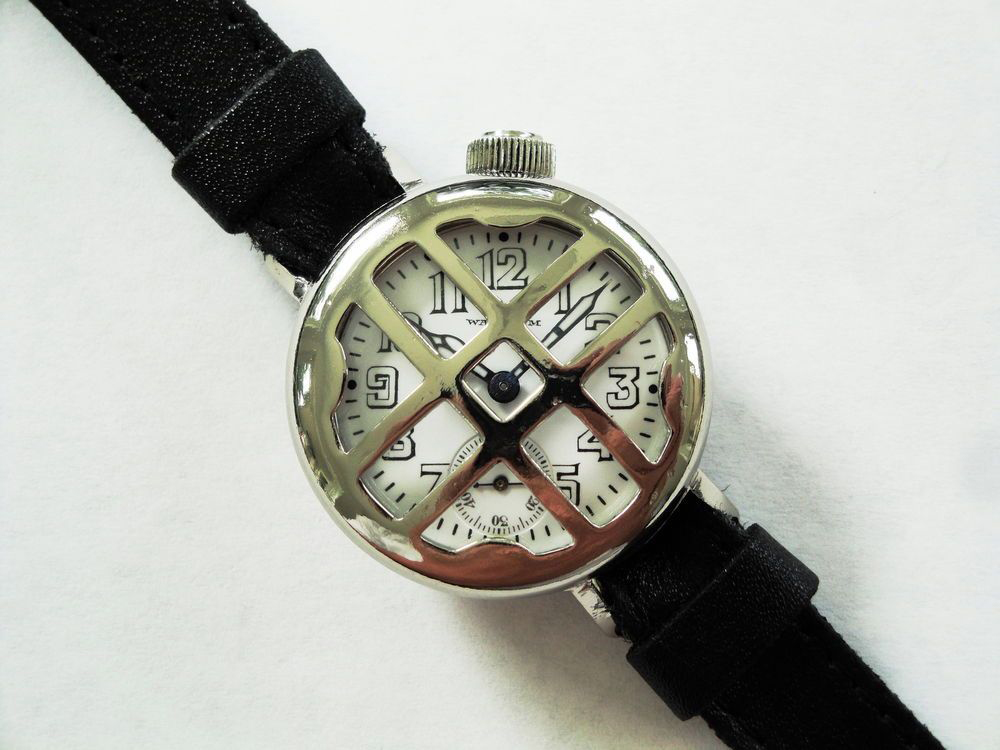
1920s
Wristwatches emerged as a genre in their own right during the Roaring ’20s, and Louis Cartier was among the trailblazers. He sketched his first Cartier Tank in 1917. The model was first produced in 1919 and it was given its elongated “cintrée” shape in 1921.
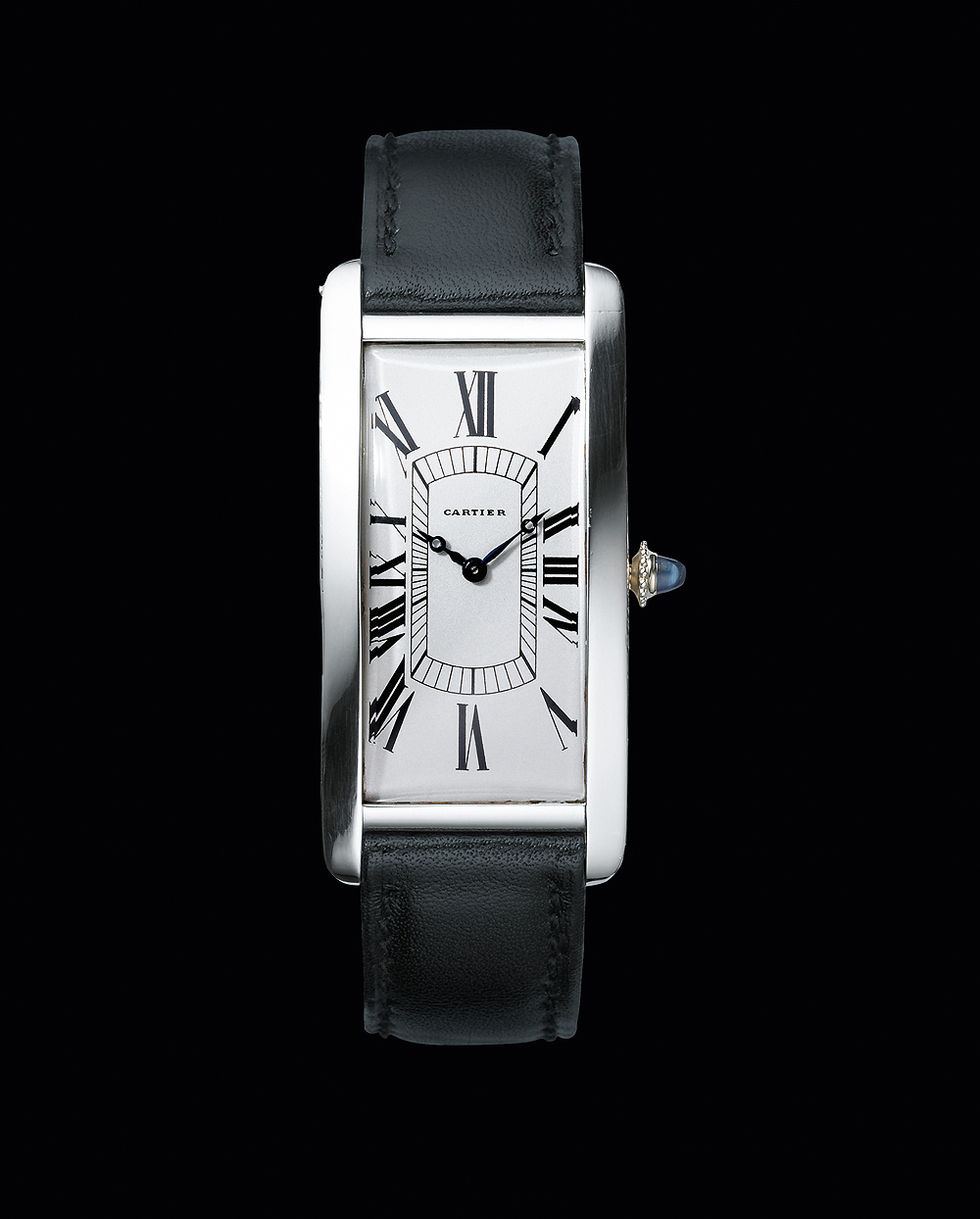
1930s
The Art Deco style also influenced the design of wristwatches. With a rectangular case engraved with parallel lines at its upper and lower margins, the Reverso was a child of its era. LeCoultre was one of its producers.
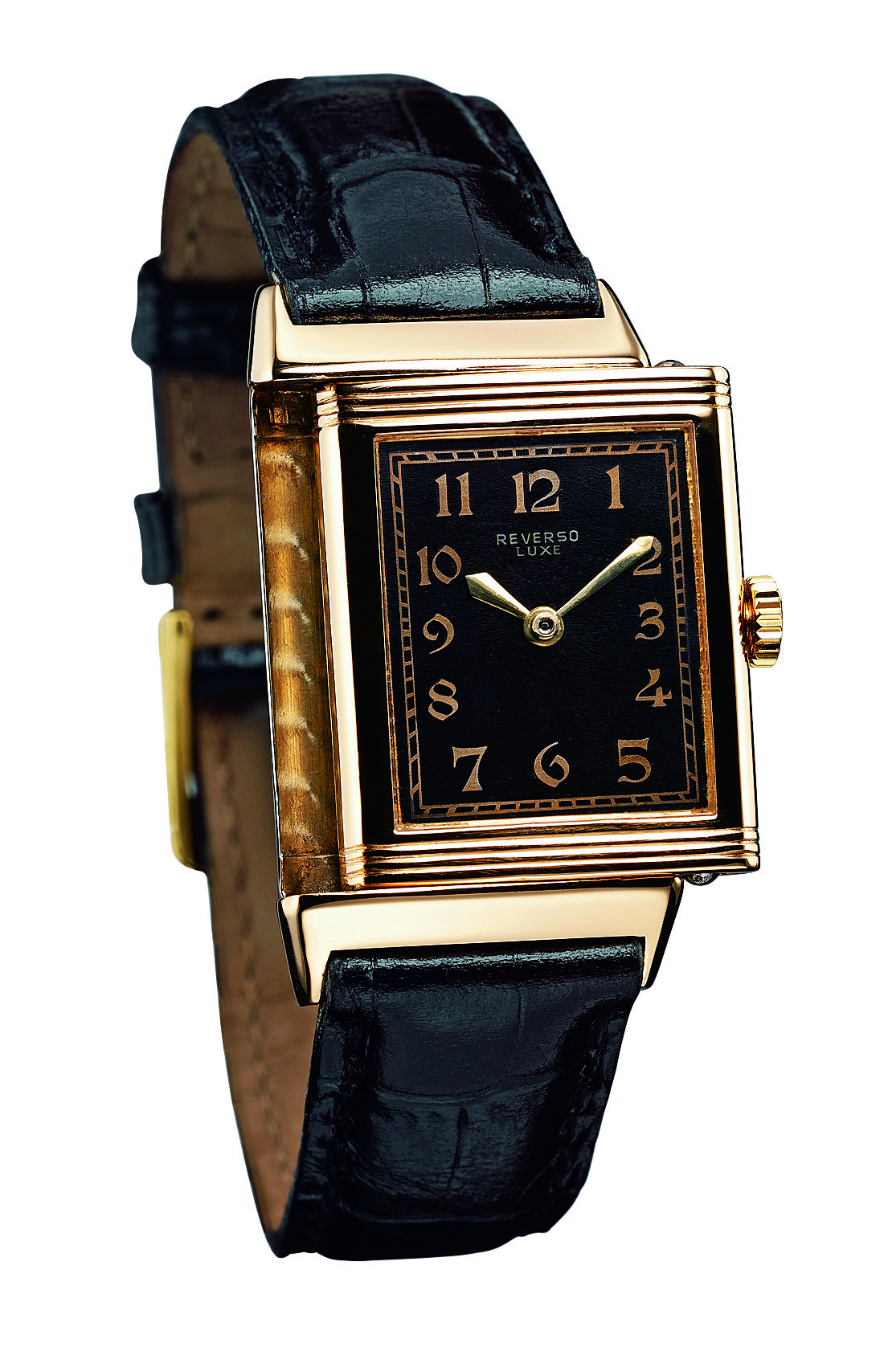
1940s
With the outbreak of World War II, the military again strongly influenced design in the ’40s. Pilots’ watches like the Big Pilot’s Watch, which IWC first produced for the German Air Force in 1940, were easy to read thanks to their big cases and black dials. They also had easily graspable crowns that pilots could operate while wearing gloves and their often extra-long straps enabled airmen to buckle these watches around their thighs.
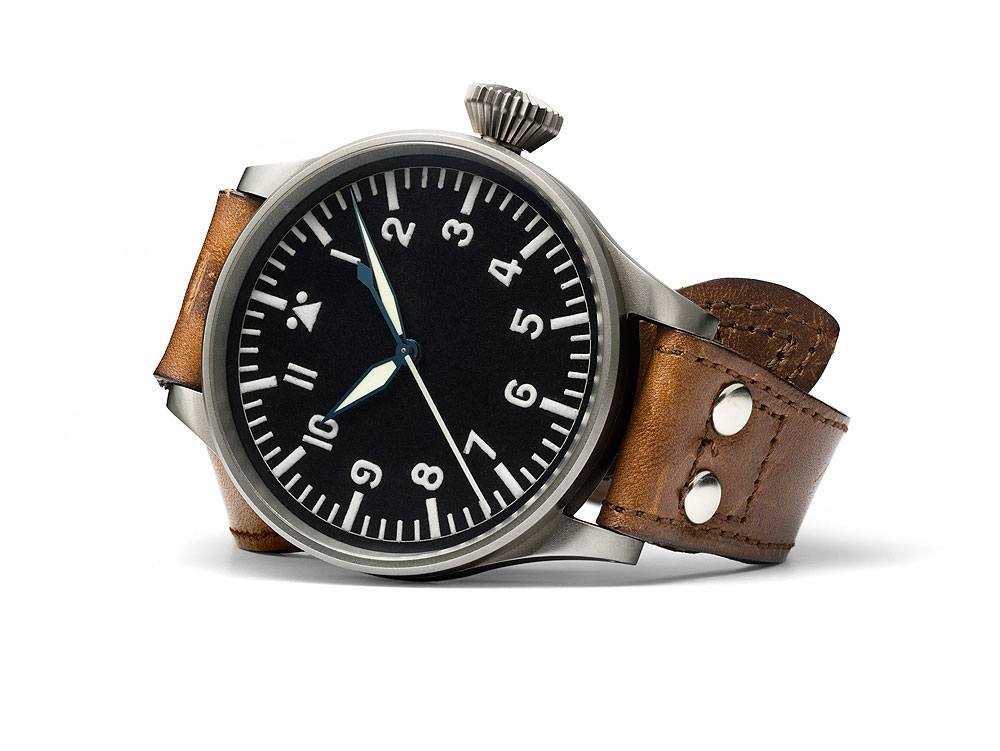
1950s
Hardly any model has influenced the watch world as strongly – and has been copied as often – as Rolex’s Submariner. Its debut in 1953 inaugurated the era of round, watertight, sporty, self-winding watches.
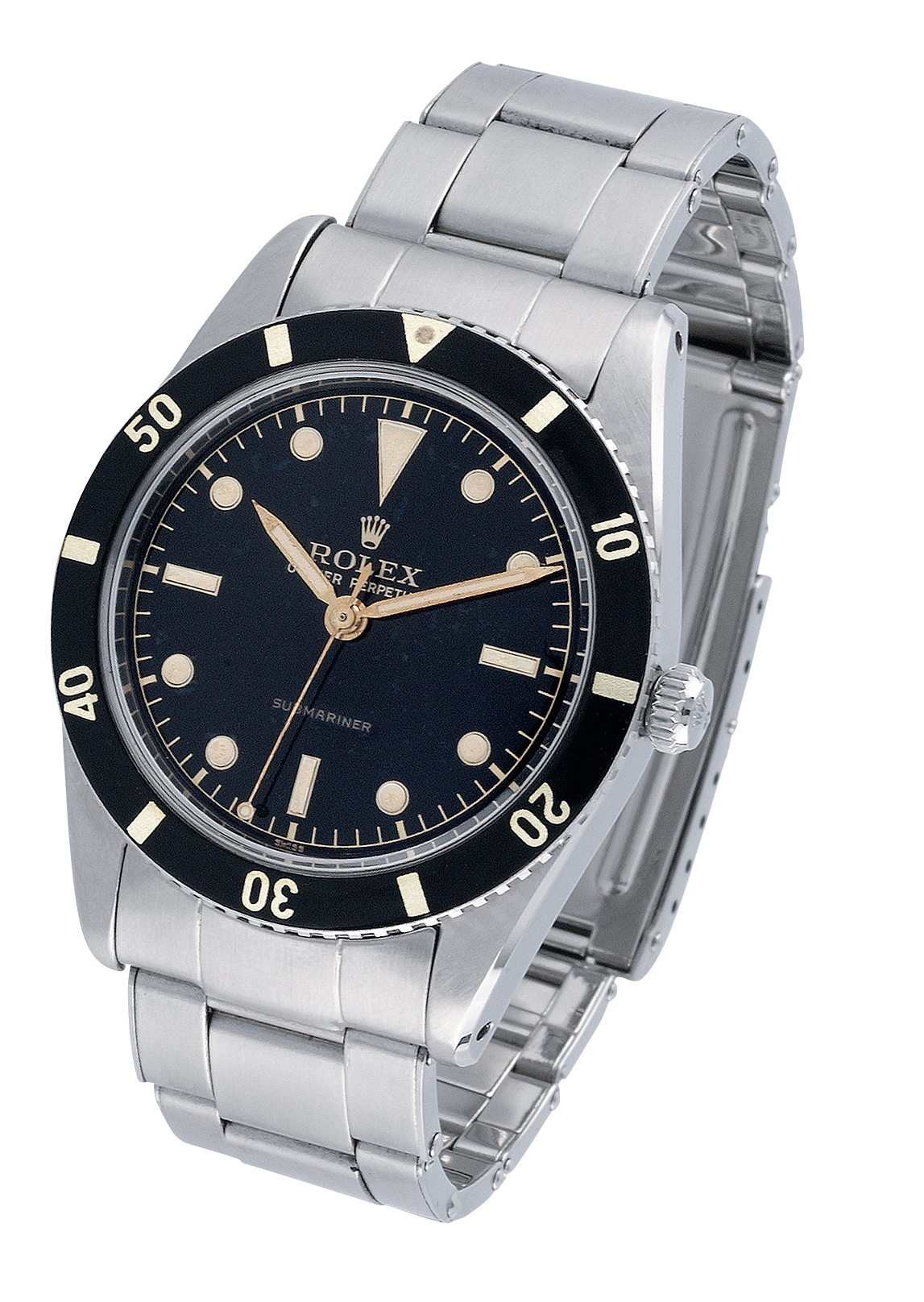
1960s
The ’60s were the epoch of outer space. This bold adventure was embodied in wristwatches like Omega’s Speedmaster Professional, the first watch on the moon. Buzz Aldrin wore the Reference 105.012 when the Apollo 11 mission landed on the lunar surface in 1969.
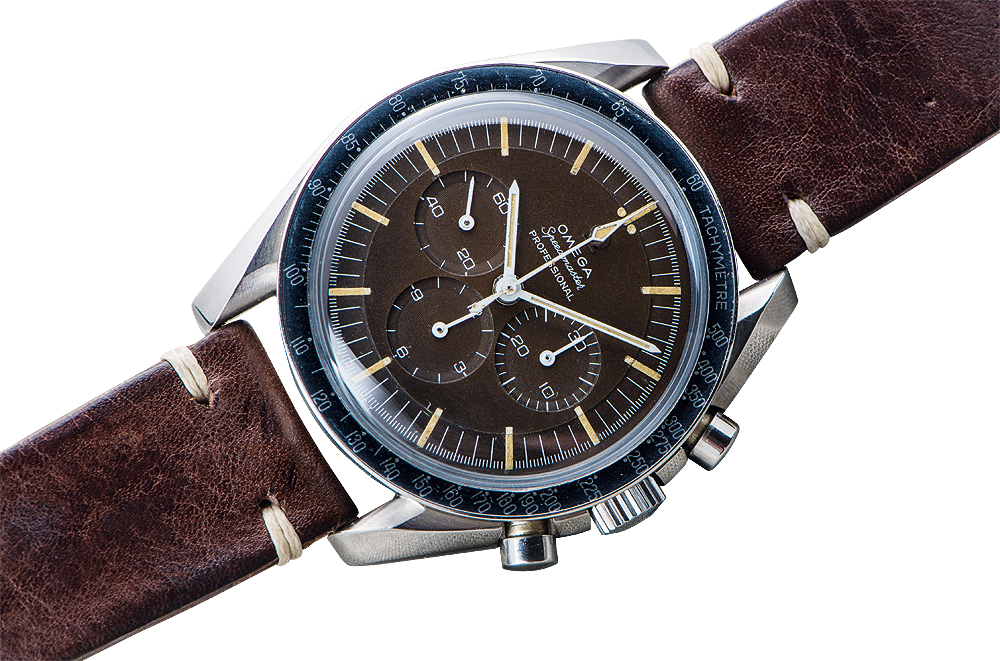
1970s
Quartz watches dominated the ’70s. Their glowing digital indicators initially relied on reddish LEDs (light emitting diodes) and later on LCDs (liquid crystal displays). The Chronosplit chronograph, which Heuer launched in 1975, was equipped with both.
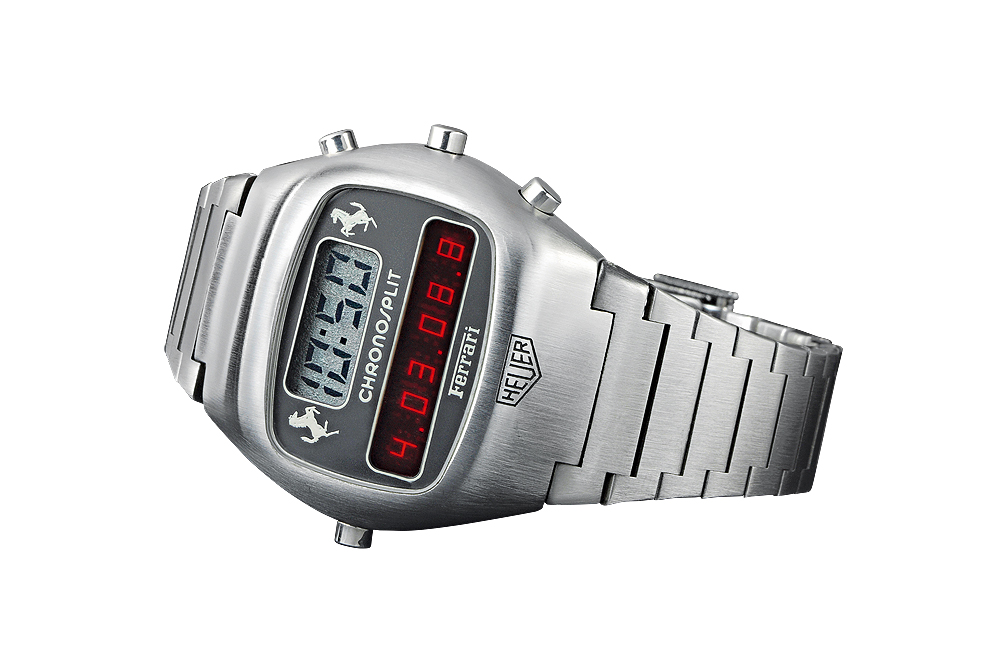
1980s
“Fun” was the name of the game for buying and wearing watches in the ’80s. Thanks to its incredible diversity of motifs, the plastic Swatch watch persuaded millions of people to buy watches not primarily to read the time, but to have fun and be able to quickly switch from one look and color scheme to another.
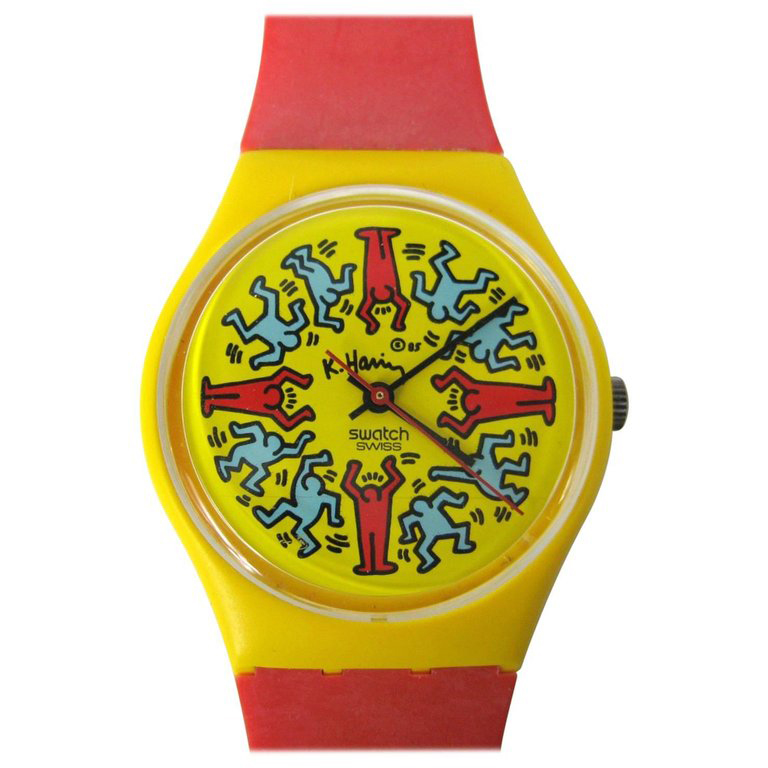
1990s
The mechanical watch began its renaissance in the ’90s and horological technology and complications basked in the limelight. But there were also innovations in design, for example, the Lange 1 by A. Lange & Söhne: its off-center dial arrangement would later be adopted by other manufacturers.
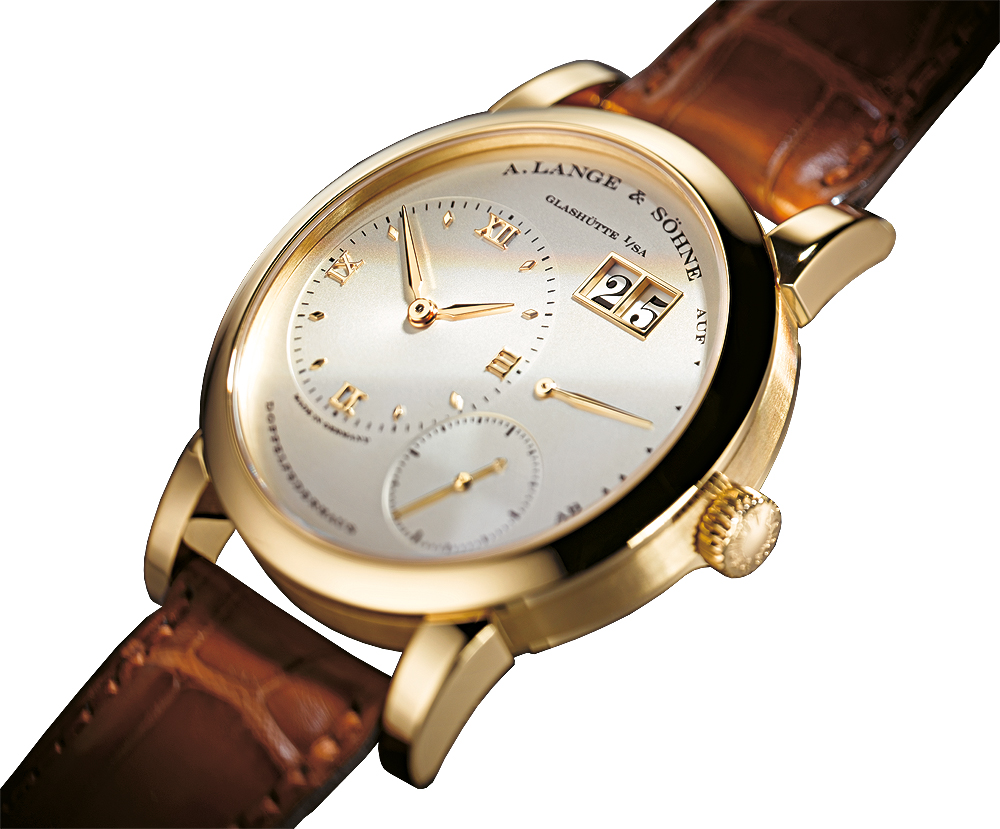
2000s
Scarcely any new design in the ’00s could rival the success of Hublot’s Big Bang. Its theme was the combination of widely diverse materials. This mix was made possible by the structure of the case, which combined more than 50 individual parts. The large number of limited editions also contributed toward making Hublot synonymous with bold color, diversity and joie de vivre.
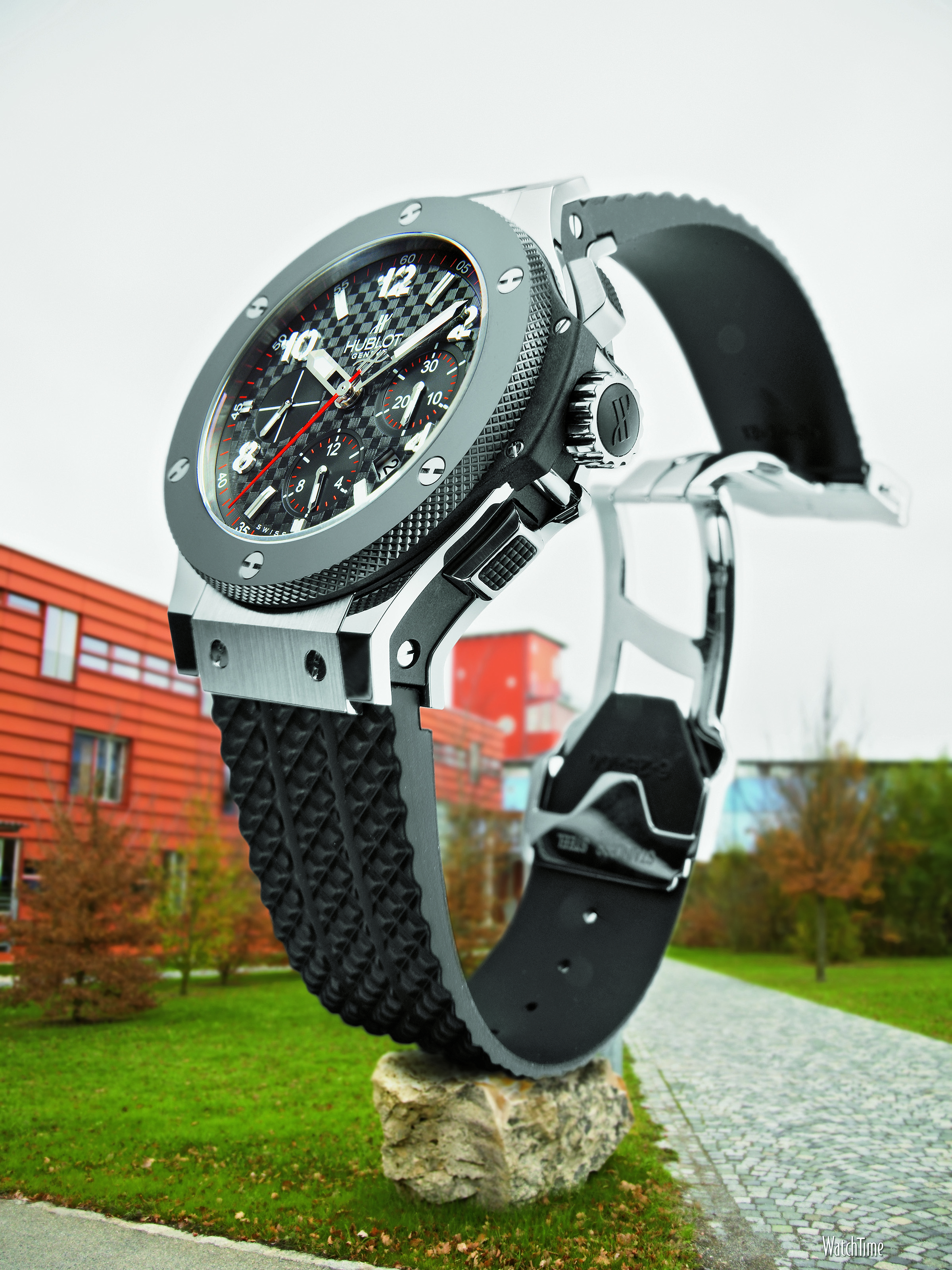
2010s
The trend toward revealing the inner workings of a watch by skeletonizing the dial had already begun in the ’00s, but dials were often eliminated altogether after 2010. Richard Mille ranks among the pioneers of this new openness.
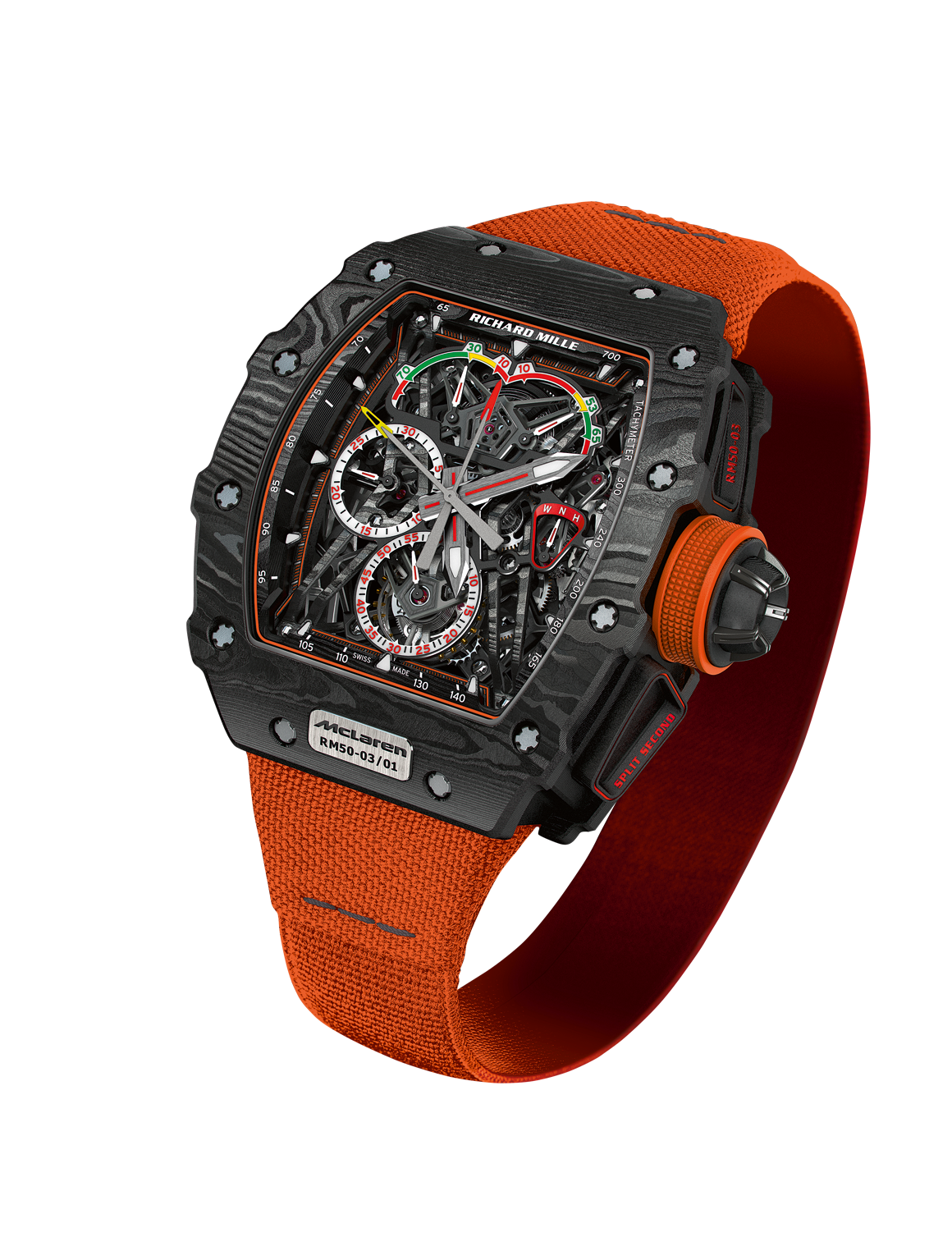



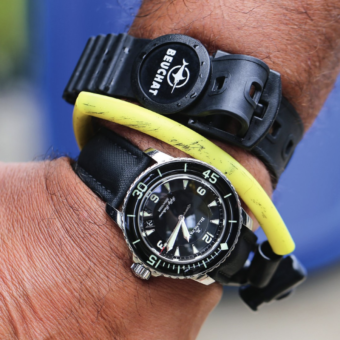

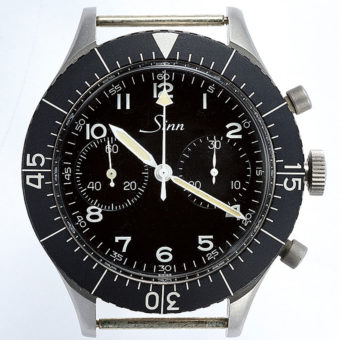
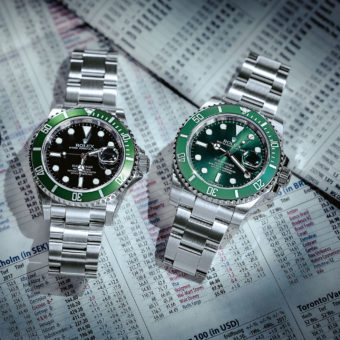
Cool beans
I have 2 of the Omega Speed master professionals, what is the value both work well
It appears Seiko was left out of the digital decade even though it played a pivotal part in digital time display
Thanks for all the information for this old rookie watch collector
This is hardly an evolution of watches, more of a popularity contest for each decade. So many significant companies who set the standards left out.
No mention of the co~axial movement? The biggest advancement in horology in over a century?
Loved the article, you missed the battery operated Hamilton of the late 50’s and the incredibly accurate fork tuned Accutron by Bullova in the 1960s as iconic American accomplishments.
The watches are not evolving to be better, just gimmicky!
To pick a favorite watch decade, there are a few.
When i start discovering internet at the late 1999 early 2000s, i started to search on watch sites.
I remember that i start look at Longines, Rolex, and Panerai. AP was also very cool to search for i remember.
Reading here that Rolex introduced the submariner in 1953, it is a nice watch decade, 1950s.
Holy Omega, my favorite watch brand get famous in the 1960s when Apollo 11 landed on the moon.
Every decade have it’s charm, except the 1990s. I can not see a Lange, and do dislike every watch which have no hands in the centre of the dial. I rather wear a soulless quartz watch, then a Lange. That other brands follow them, is so uncreative.
At the end there is only one top watch ever, and that is Patek Philippe.
Nonsense that the Bulova Accutron was not the biggest evolution of the 60’s.
Which points out that writers often focus on the styling, when watchmakers were really innovating the works. From stem wound, to auto wind, to battery operated electric, to tuning fork regulated, to quartz regulated – a Rolex innovation. What was next? Solar recharging – the Citizen Eco Drive, which are presently achieving the actual goal of heritage watches. 20 years after their first assembly, with NO service, they are still for sale used and working. Many owners throw them in a drawer, pull them out months later only to think they have finally died, when all it takes is a few hours of strong sunlight to recharge them. And if they are 20 years old, that’s about 20 days off the 180 day run time they could originally operate.
A stainless 300M Dive Eco Drive can actually be passed down, working, father to son. As the Philippine Rolex market shows, that doesn’t happen as often as some would like to fantasize. Movements gone obsolete, different case sizes, cannibalizing poorly maintained watches are the norm. With an Eco Drive, all you need is sunlight and an appreciation of the real legacy: A watch needing little service with accuracy to seconds a year and classic looks – a true state of the art watch and we have achieved it decades ago. It’s still a standard of performance that is difficult to compete against.
I wonder if the next decades we are going to see the dominion of Smart Watches…
Does a very famous Japanese company not get any mention/credit when it comes to the 70’s quartz and LCD display watches?
No mention of Hamilton, either.
I would credit Panerai over Hublot in that time period. The >40 mm size watches still dominating today are a result of Panerai.
Hello all, I have an antique watch that I received from my Granddad, it is called an Illinois Time King, does anybody know anything about that brand of watch, thank you all for your help…
Simple google search for Illinois Watch Company will give you complete history and current info through Wiki.
Frederick Friedberg has a multi volume history of the Illinois Watch Company out.
Not any clue.
On the watch forum where i am a member, we speak from time to time about American made watches. Ball, Hamilton, RGM, and so on. Bulova was also American, before it was acquired by the Citizen group.
I started collecting inexpensive vintage watches in the 1980s, coming across many Bulovas, Elgins, Walthams, Longines, Gruen, and less frequently but occasionally watches marked Illinois, often matching generic cases with Swiss movements. It would not be unusual to find Illinois watches that were identical in every respect to watches with private watch and jewelry names on the dials. I recall several Illinois watches with sterling silver cases.